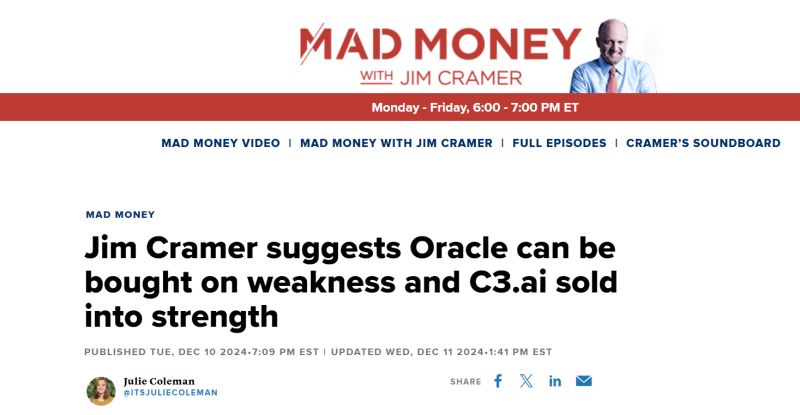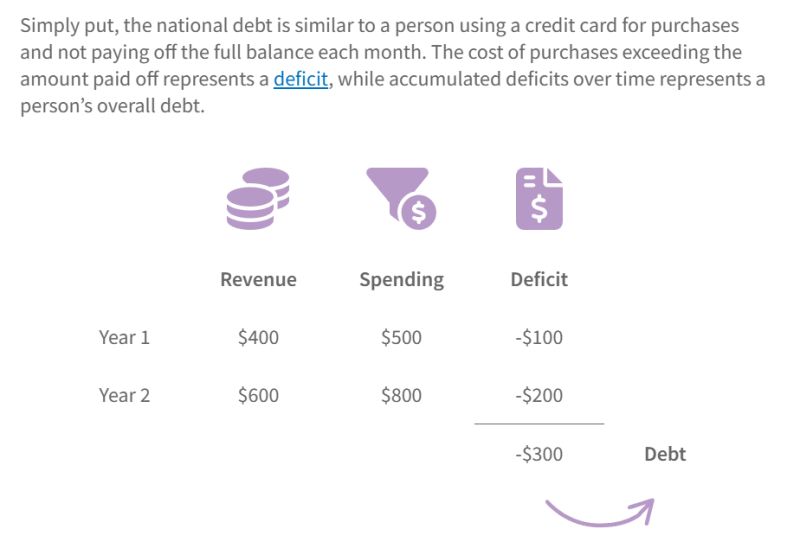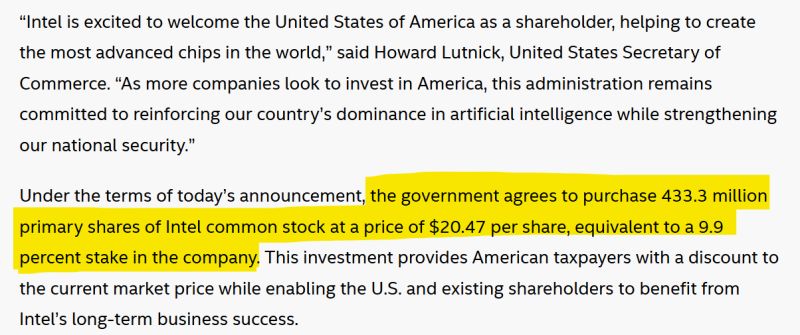From Teddy Roosevelt’s Bull Moose rebellion to Ross Perot’s Anti-Establishment plank, US history shows that third parties do not really break existing systems — they might at best create some fault lines.
As Musk toys with a new political experiment, it’s not really about whether he can build a swank new political machinery ground up (You and I believe he could do that and is in fact uniquely positioned ─ technologically ─ to do so), but whether he understands why all previous attempts have crumbled.
The uncomfortable truth?
America’s two-party duopoly is not an accident — it’s by design.
A constitutional design to be precise.
History and America’s electoral system suggest success is nearly impossible without engineering a seismic shift.
Here’s why:
1️⃣ Winner-Takes-All Electoral College
Unlike parliamentary systems, even 20% of the vote nationwide = 0 Electoral College votes unless you win states outright.
Example: Perot won 18.9% in 1992 but 0 EVs.
2️⃣ No Federal Funding Unless You Hit 5%
To qualify for public campaign funds, a party must secure 5%+ in the previous election—a catch-22 for new entrants.
3️⃣ Ballot Access Laws
Each state has different signature requirements—some demand hundreds of thousands just to appear.
… all factors which show up in the brutal math for “Third Parties”:
• 0 – Number of third-party presidential winners since 1860
• 0 – Third-party candidates who won any EV’s since 1968 (when Wallace won 46 and nearly forced a Contingent Election)
• 5% – Vote threshold needed to qualify for federal funding next cycle
Let’s stay with this and understand why “Third Parties” have at best succeeded sometimes only in rewriting the end game:
1️⃣1844: Liberty Party’s 2.3% in NY cost Clay the election, handing victory to Polk.
2️⃣2000: Remember the Florida Cliffhanger? Nader’s 97,488 Florida votes swung the elections towards Bush (Bush’s final margin over Gore was 537 votes)
3️⃣2016: Stein + Johnson’s 5.1% exceeded Trump’s margin in MI, WI, PA.
Now, if Musk wants his “America Party ” to not just play spoilsport-in-chief or fade ─ as history shows ─ but to matter, he must narrow his focus and pick:
1. One of 4 prize states (and ignore the battleground states altogether) ─ California, Texas, Florida, or NY
2. A single wedge issue ─ a Centrist plank ─ that resonates with a potential voter base (Single wedge issues have worked in the past despite sounding stupid ─ while not the most wholesome example: Thurmond won 4 states, in 1948, by advocating racial segregation).
(And you thought polarization is a present-day phenomenon)
And yes, there has been the rare outright success as well.
Musk does not have to look beyond the party in power itself:
The Republican Party was the last “Third Party” to replace an existing major party … in 1856.
And that transformation required:
• A nation divided over slavery
• The collapse of the Whig Party
• A looming civil war
For now, Musk has a mountain to move.



